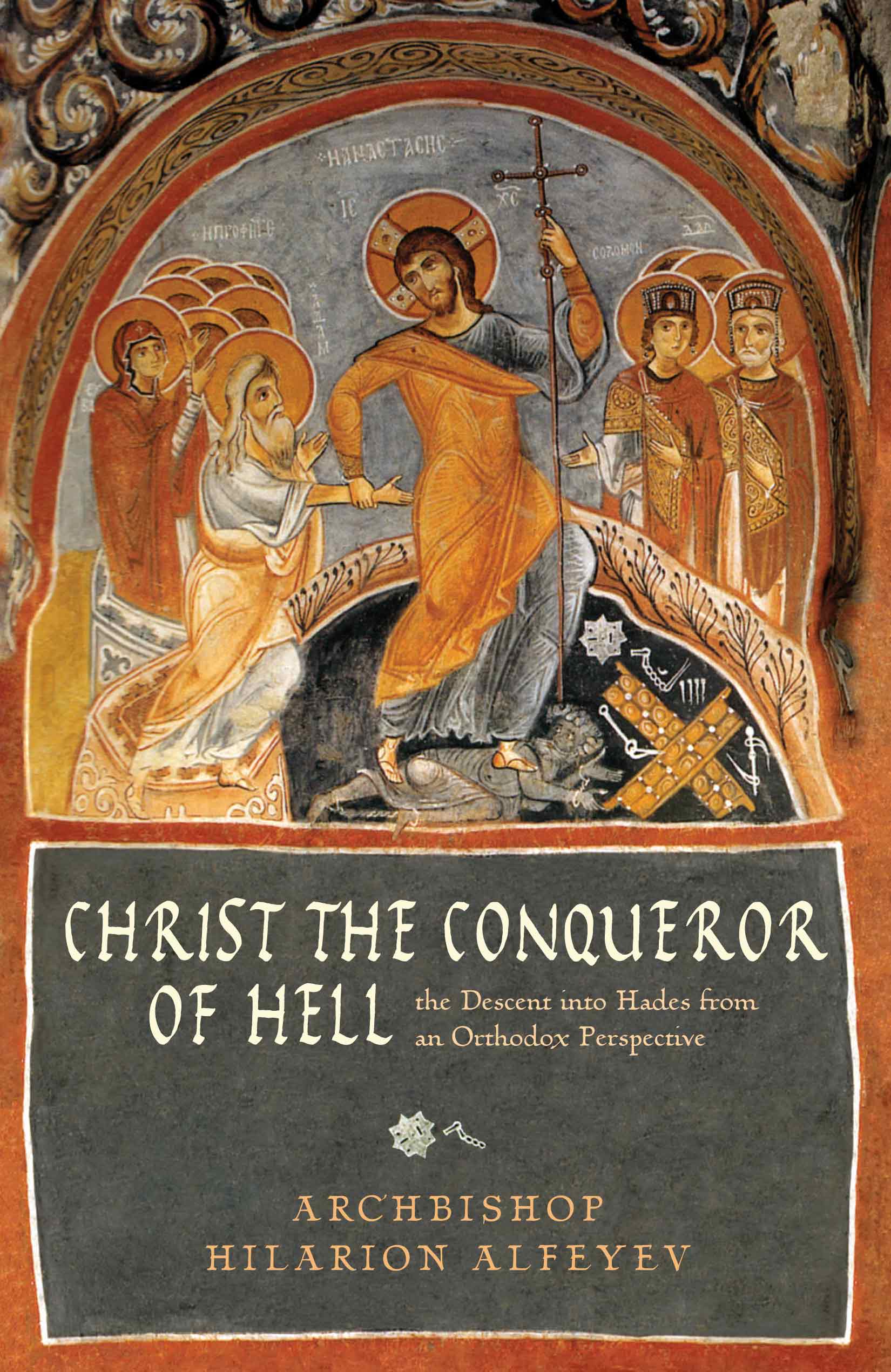|
|||
|---|---|---|---|
| This weekly bulletin insert complements the curriculum published by the Department of Christian Education of the Orthodox Church in America. This and many other Christian Education resources are available at http://dce.oca.org. | |||

Father Alexander Schmemann has written that Holy Saturday is often ignored or misunderstood. It's as if there is a day of sorrow (Holy Friday) that is quickly replaced by a day of joy (Pascha). But, Fr. Schmemann says, the services of Holy Saturday connect the two days. They commemorate an event in which "sorrow is not simply replaced by joy, but is itself TRANSFORMED into joy." The event Father Schmemann refers to is Christ's descent into hell, where He overcomes the final power of death and brings forth the people it held captive. Holy Saturday's services are essential to understand this, and to take part in it. During these services the liturgical colors are changed from dark to Paschal white, and we triumphantly sing, "Let God Arise!" A recent book by Archbishop Hilarion Alfeyev, "Christ the Conqueror of Hell," is an excellent resource for those who want a deeper understanding of Holy Saturday. The book's first section traces Scriptural and apocryphal references to Christ's victory over death and His destruction of hell's power. The next part examines patristic literature and liturgical texts. Finally, Abp. Hilarion offers an epilogue on the theological significance of Christ's saving act. The Old Testament (Septuagint translation) promises that God "will deliver them out of the power of Hades" (Hosea 13:14) and I Peter 3:19-20 tells us that Christ fulfilled the promise by preaching "to the spirits in prison, who formerly did not obey, when God's patience waited in the days of Noah..." The Orthodox Church teaches that Christ's descent was thus a "second chance" for those who perished in the Flood described in Genesis, who had no chance to encounter Christ and the Gospel. The book contains imagery used by the Fathers, such as Death quivering and becoming agitated as Jesus appears, while the dead perceive light shining in the darkness, raise their heads from bondage, and behold the brightness of Christ. It also offers examples of liturgical poetry, as when Christ addresses Hades: "Not only will you give back those whom you have taken and whom I have resurrected and now take with me as I leave here, but also those who will be sent to you in the future will arise..." 
The recurring message of the book is that Christ's descent into hell gave every person a chance to know Him and rise with Him. The book ends with that message: "We do not know if everyone followed Christ when he rose from hell, nor do we know if everyone will follow him to the eschatological heavenly kingdom when he will become "all in all." We do know that, since Christ's descent...the gates of paradise have been opened for all who wish to enter through them. This is the faith of the early church, inherited from the first generation of Christians and cherished by Orthodox tradition. This is the never-extinguished hope of all those who believe in Christ, who once and for all conquered death, destroyed hell, and granted resurrection to the entire human race." |
|||
